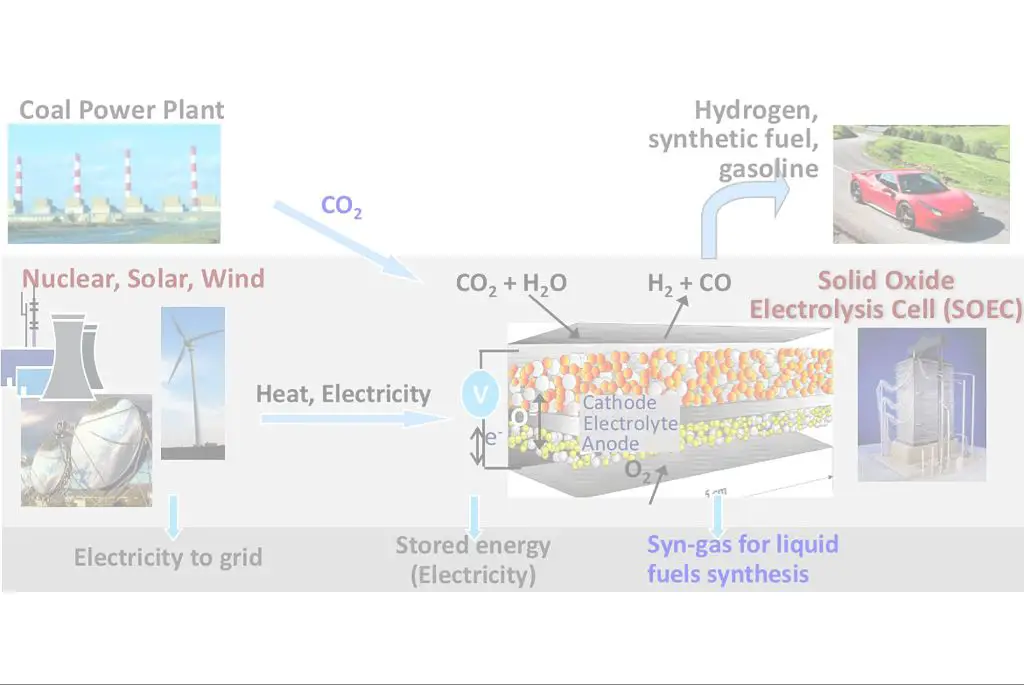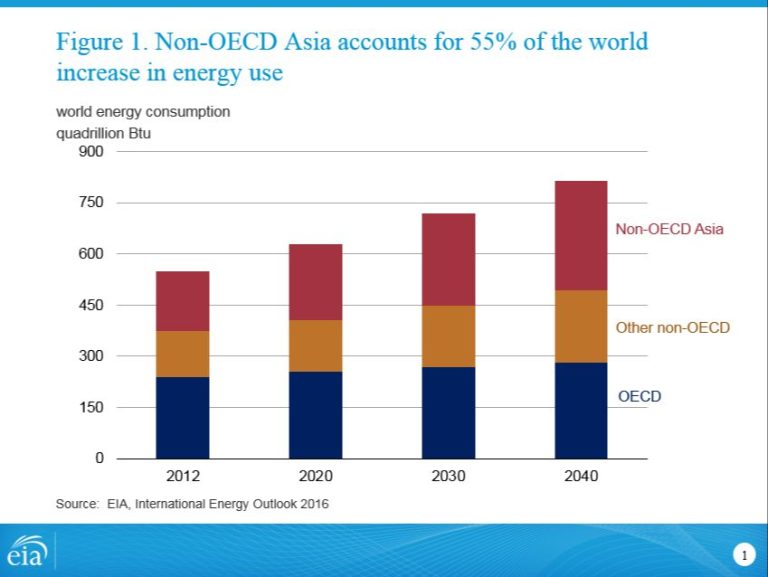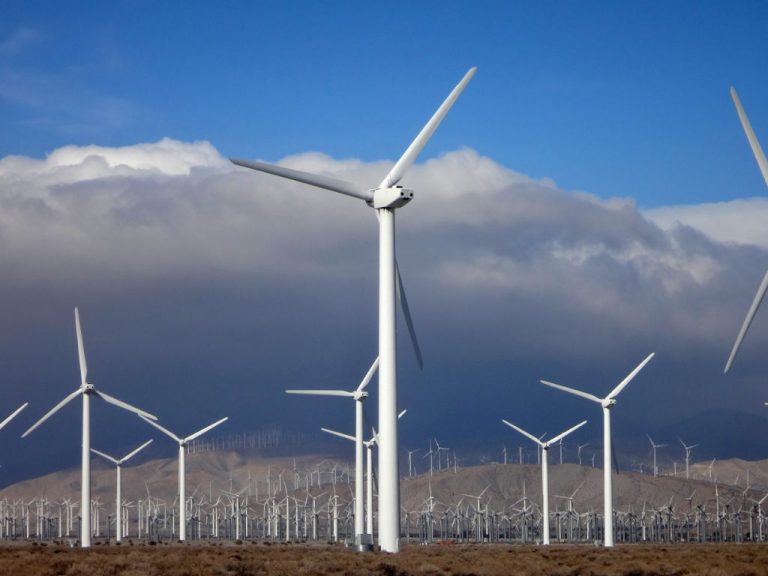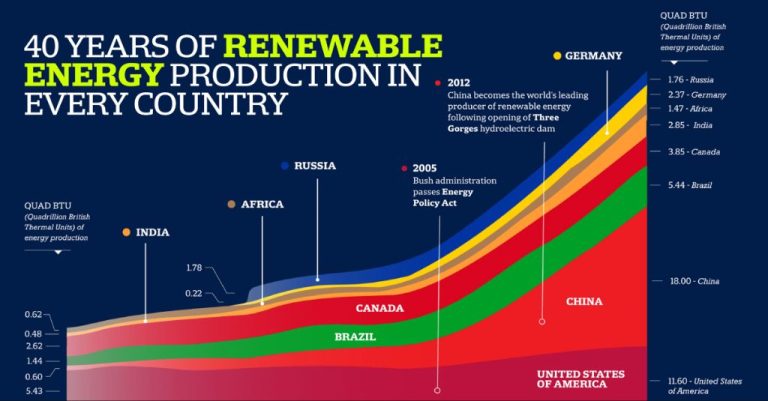What Is The Least Cost Energy System?

A least cost energy system refers to designing and operating an energy system that meets energy service needs at the lowest total cost over its lifetime. Determining the least cost energy system is crucial for energy planners, policymakers, and utilities to ensure affordable, reliable, and sustainable energy access for consumers and society. The total costs of an energy system include capital costs, fuel costs, operating and maintenance costs, externality costs associated with environmental and health damages, transmission and distribution costs, forecasting uncertainties, and policy and regulatory costs. This article will provide a comprehensive analysis of the factors that contribute to the total costs of various energy systems to determine which options represent the least cost pathways for meeting energy needs.
Capital Costs
Capital costs refer to the upfront expenses required to build energy generation facilities and infrastructure. This includes costs for planning, permitting, equipment purchases, construction, and financing. Capital costs tend to vary significantly by energy source.
Fossil fuel power plants, like natural gas and coal, have relatively low capital costs. A natural gas power plant can be built for around $1,000 per kW of capacity, while a coal plant costs about $3,000 per kW [1]. These conventional thermal plants are inexpensive to construct and quick to build.
Nuclear power plants are at the high end of capital costs, ranging from $6,500 to $12,000 per kW [2]. The advanced engineering required for nuclear reactors and the associated safety systems contribute to the substantial upfront investment.
Renewable energy sources like wind, solar, and geothermal have capital costs that fall somewhere in the middle. Onshore wind farms cost around $1,500 per kW, while solar photovoltaics are $1,000 to $2,000 per kW [1]. Though coming down in price, these technologies require more upfront investment than fossil fuel plants.
When comparing capital costs, it’s important to account for capacity factors as well. Nuclear and fossil fuels provide consistent baseline power, while renewables have variable output. The capital cost per unit of energy produced over time tends to favor conventional baseload sources.
Fuel Costs
Fuel costs can vary significantly across different energy systems. Fossil fuels like coal, oil, and natural gas have relatively high fuel costs compared to renewable sources. According to the EIA, in 2020 the fuel costs for natural gas combined cycle power plants averaged $15.60 per MWh, while coal steam plants averaged $24.28 per MWh (EIA). In comparison, renewable sources like wind, solar, hydropower and geothermal have minimal to zero fuel costs since they utilize freely available resources like wind, sunlight, water flows, and underground heat.
Nuclear power has low fuel costs relative to fossil fuels. According to the IEA, nuclear fuel costs averaged $7.22 per MWh in 2020. Biomass can have high fuel costs similar to fossil fuels since feedstocks must be purchased and transported. Waste biomass can reduce fuel costs where available (IEA).
In general, the fuel costs for fossil fuels and biomass are significant expenses in operation, while nuclear and renewables have minimal to zero fuel costs. This can impact the total lifetime costs of energy systems.
Operating and Maintenance Costs
Operation and maintenance (O&M) costs are the expenses required to operate and maintain an energy system over its lifetime. This includes staffing, repairs, fuel costs, spare parts, and regular maintenance. O&M costs can vary greatly depending on the energy source.
Coal power plants have relatively high O&M costs, estimated at $30-75 per kW-year. Major costs include labor, maintenance of the boiler, ash handling systems, air pollution control systems, and coal handling facilities.1 Nuclear power plants also have high O&M costs at $65-95 per kW-year, largely due to specialized labor requirements, regulatory compliance, and nuclear fuel costs.2
In comparison, natural gas power plants have lower O&M costs of $10-50 per kW-year. This is because gas turbines require less auxiliary equipment and minimal fuel handling.3 Renewable energy systems like wind turbines ($10-30 per kW-year) and solar PV ($7-30 per kW-year) have the lowest O&M costs, as they require little labor and minimal maintenance of equipment.1
Externality Costs
Externality costs refer to the costs imposed on society and the environment that are not reflected in the market price of energy. These can include costs to human health, ecosystems, and the climate from pollution and environmental damage. According to the World Nuclear Association, external costs “are those actually incurred in relation to health and the environment, and which are quantifiable but are not built into the cost of energy” (World Nuclear Association).
Fossil fuel energy systems tend to have higher externality costs compared to renewable energy systems. A meta-analysis by Sovacool found that coal and oil had the highest external costs at 14.5¢ and 7.6¢ per kWh respectively, while wind and solar had external costs of 0.1¢ and 0.2¢ per kWh (Sovacool). This is primarily driven by the health and environmental damages from air pollution emitted during fossil fuel combustion.
According to the Nature article “The real cost of energy”, accounting for externalities can significantly change the economics of energy systems. Renewables become even more cost-competitive when factoring in external costs. However, accurately quantifying externalities remains challenging (Gies).
Transmission and Distribution Costs
Transmission and distribution (T&D) costs represent a significant portion of the total cost of energy delivery. These costs include constructing and maintaining transmission lines, substations, transformers and other infrastructure needed to move electricity from power plants to end users. According to the U.S. Energy Information Administration, T&D expenditures accounted for 27% of total electricity expenditures by U.S. utilities in 2019 (https://www.eia.gov/tools/faqs/faq.php?id=947&t=3).
In general, T&D costs increase with distance, as more infrastructure is needed to move electricity over longer distances. Location also impacts T&D costs. Building transmission lines across challenging terrain like mountains or forests can increase costs compared to flat, open areas. Urban areas require underground lines and easements which add expense. Population density is also a factor, with more concentrated customer bases reducing per customer T&D costs. According to one study, the total cost of long-distance transmission ranges from less than $1/MWh for short distances to over $5/MWh for distances exceeding 1000 miles, depending on the technology used (https://www.ncbi.nlm.nih.gov/pmc/articles/PMC8661478/).
Cost Forecasting
Projecting future energy costs is challenging but necessary for planning purposes. According to the Short-Term Energy Outlook from the U.S. Energy Information Administration (EIA), electricity prices are expected to increase in the short-term. The EIA forecasts that the average U.S. electricity price will rise from 10.6 cents/kWh in 2022 to 11.0 cents/kWh in 2024.
For specific energy sources, the EIA expects coal-fired electricity prices to increase due to growth in renewable generation and subsequent decline in coal generation. Prices are projected to be 2.4 cents/kWh higher for coal in 2024 compared to 2022. Natural gas prices are also predicted to increase from their current lows, rising around 20% by 2024.
According to Statista, average U.S. electricity prices across all sectors could reach 12.8 cents/kWh by 2030 and 15.2 cents/kWh by 2050 in their reference scenario projections. Compared to coal and natural gas, they expect renewable energy sources like wind and solar to experience larger price decreases in the long run due to technology improvements.
While projections vary, most analyses expect continued cost increases for fossil fuels and declines for renewables. Comparing forecasts enables more informed energy planning and investment decisions.
Policy and Regulatory Costs
Government policies like subsidies and taxes have a significant impact on energy costs across different sources. Fossil fuels like coal, oil, and natural gas have historically benefited from subsidies that reduce costs, though these have declined in recent years. According to the IMF, the UK still spent £10.5 billion subsidizing fossil fuels in 2021 (source). Renewables like solar and wind receive larger subsidies that help make them more competitive.
Taxes and carbon pricing also affect costs differently for fossil fuels versus renewables. A carbon tax raises the cost of high emission energy like coal and natural gas. Cleaner sources like nuclear, hydro and renewables are not impacted to the same degree. According to OECD analysis, tax cuts on fossil fuels help reduce energy bills but don’t address climate goals (source).
Overall, subsidies and carbon pricing make fossil fuel energy more expensive while helping renewables become more cost competitive. Policy shifts to limit emissions have increased the costs for high carbon energy significantly in recent years.
Total System Cost Comparison
When weighing all the cost factors discussed, including capital costs, fuel costs, operating and maintenance costs, externality costs, transmission and distribution costs, cost forecasting, and policy and regulatory costs, most analyses find that renewable energy systems like wind and solar tend to have the lowest overall costs currently.
According to the International Energy Agency, onshore wind and utility-scale solar PV are the cheapest sources of new power generation in most countries today when all cost factors are considered. In 2020, the IEA estimated the global levelized cost of electricity from onshore wind to be $53/MWh and utility-scale solar PV to be $68/MWh (IEA, 2020). This makes them very competitive with new fossil fuel generation like gas combined cycle plants.
One comprehensive analysis by Lazard found that in 2020, unsubsidized levelized costs of onshore wind and utility-scale solar were $28-$54/MWh and $29-$42/MWh respectively in the United States. This was lower than the estimated costs for new natural gas combined cycle plants ($44-$68/MWh), coal ($65-$152/MWh), and nuclear ($131-$204/MWh) (Lazard, 2020).
Costs for renewables like wind and solar continue to decrease rapidly as technology improves. With no fuel costs, they offer a hedge against fossil fuel price volatility. When considering total system costs including externalities, renewables are likely to be the least cost option for new power generation in most regions globally.
Conclusion
In summary, the overall costs of different energy systems is complex and multifaceted. While historically coal and natural gas have been some of the cheapest options based on narrow metrics like capital and fuel costs, this is changing as the costs of renewables plummet. When factoring in externalities, transmission, policy and regulatory costs, and future projections, renewable energy sources like solar, wind and geothermal tend to compare very favorably on overall system cost against fossil fuels.
Going forward, most analyses predict renewable energy will continue to achieve far greater cost declines compared to fossil fuels. With the right supporting policies and grid integration strategies, renewables have the potential to be the clear least cost option for new electricity generation capacity in most markets within the next decade. This is supported by their minimal fuel costs, low operating and maintenance costs, and zero direct emissions costs. Therefore, the outlook suggests renewable energy will likely dominate future least cost energy systems.







